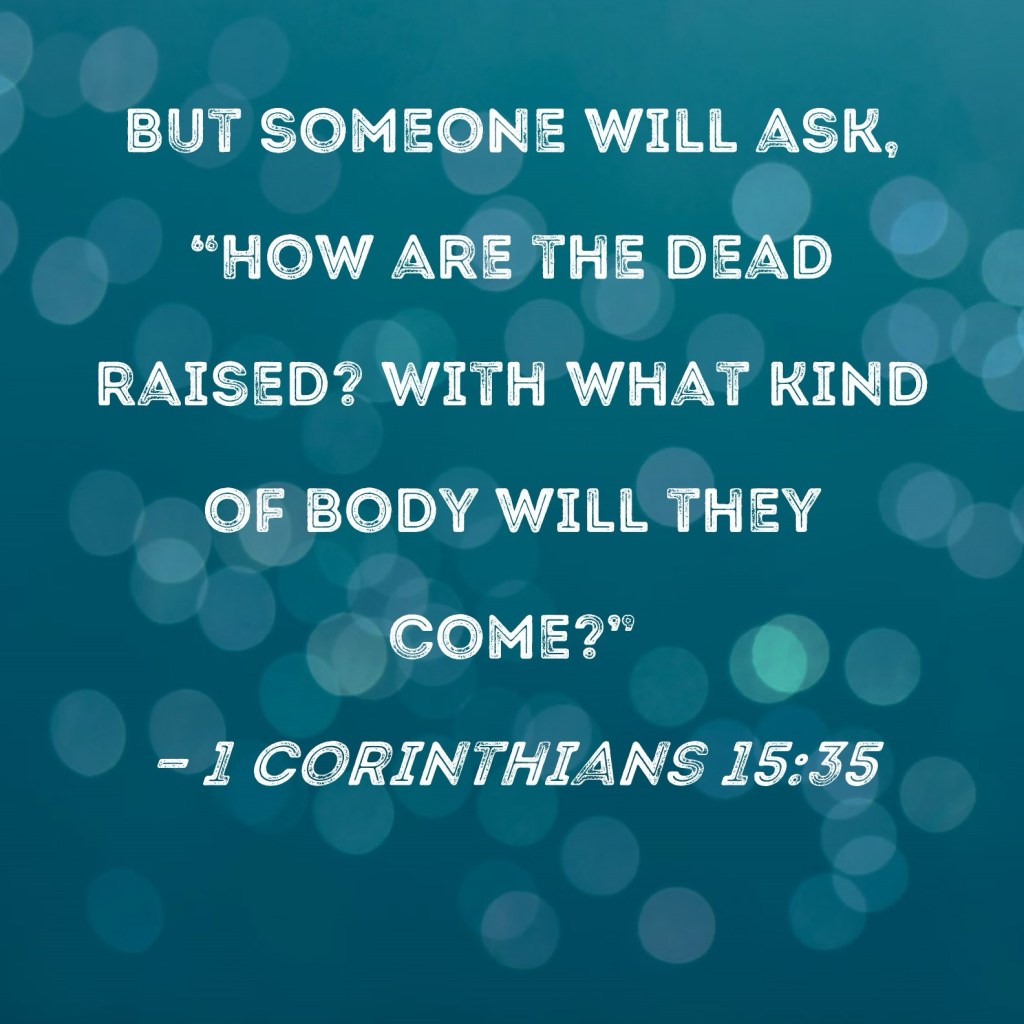Paul’s letter to the Corinthians canvasses a wide range of matters. First, he spends time addressing the serious divisions emerging within the Corinthian community. Paul declares that this matter “has been reported to me by Chloe’s people” (1:11); it is thought that this must have been a verbal report passed on to Paul when he met with a group from Corinth, perhaps slaves, sent by Chloe (about whom nothing else is revealed).
A second matter is introduced by a similar phrase, “it is actually reported…” (5:1), although the informant is not named. Some scholars think that the similarity of wording suggests that this news may also have been conveyed by “Chloe’s people”. A little later on, another matter is introduced by Paul with the phrase, “now concerning the matters about which you wrote” (7:1). Clearly, there had been written correspondence with Paul as well as the verbal report already indicated.
Towards the end of the letter, Paul refers to “the coming of Stephanas and Fortunatus and Achaichus” (16:17). This might suggest that they visited Paul; perhaps they bore a letter from the community (or a section of it), asking for Paul’s opinions about these matters? The fact that their names are Roman names reflecting an educated status, would lend support to this hypothesis.
Regardless of who actually brought this news, Paul is willing to deal with the matters raised, introducing them in turn by the shorthand formula, “now concerning”. Such matters include “food sacrificed to idols” (8:1), “spiritual matters” (12:1), “the collection for the saints” (16:1), and “our brother Apollos” (16:12).
The final theological issue which Paul addresses in his first letter to the Corinthians concerns the resurrection of believers. A rather stronger formula is used to introduce a major theological issue at 15:1: “now I would remind you, brothers and sisters, of the good news that I proclaimed to you…”.
Paul writes at length about this matter, which many scholars regard as the fundamental problem in the Corinthian community of faith, underlying other issues already explored. From comments later in this chapter (15:12, 15:29, and possibly 15:35), it is clear that divergent views about resurrection were held within the community of faith in Corinth. Paul’s response deals with each of them in a theological and rhetorical fashion.

Paul begins dealing with the issue with a series of affirmations concerning the crucifixion and resurrection of Jesus. There is an apologetic tone at the start, as Paul insistently underlines the validity and authority of what he says (15:1–3a). The “good news” which “I proclaimed” is described in technical terms indicating the passing-on of pre-existing tradition: “I received”, “I handed on”, “you received”.
Associated with this is an insistence that the Corinthians “stand” in this news, and must “hold firmly” to it, as the basis for “being saved”.
The foundational tradition which he then reports (15:3b–7) is based on an early four-part affirmation of faith: “Christ died…he was buried…he was raised…he appeared”.

The first and third elements are elaborated with the formulaic “in accordance with the scriptures”. The fourth element, the appearances of the risen Jesus, is extended beyond the list received by Paul (to Cephas, the twelve, more than 500, James, all the apostles; 15:5–7) to include Paul himself (“as to one untimely born”, 15:8), leading on to an assertion of Paul’s apostolic credentials and divinely-assisted activities (15:9–11).
The beginning of this lengthy discussion of resurrection reaches back to the “theology of the cross” at the start of the letter by references to the crucifixion and death of Jesus; but Paul does not develop this connection. Instead, he moves straight to the first pastoral situation in Corinth regarding the resurrection (15:12–19).
The “resurrection of the dead” (the Greek word is plural, reflecting a raising of many believers) was a Jewish belief that had developed in preceding centuries; not all Jews accepted it (see Acts 23:6–8) and amongst some Gentiles there was scepticism about the idea (see Acts 17:32).
The community in Corinth contained sceptics (15:12); Paul’s counter-argument attempts to refute their opinion in a series of logic-based steps, beginning with a questioning of the reality of the resurrection of the one person, Jesus (15:13–16) and leading to the conclusion that “your faith is futile” (15:17). He cannot countenance this, so launches into an exposition of what he sees as eschatological realities (15:20–28), explaining the places allocated, at the end, to humans, Jesus, and God.
The rhetorical structure of the first part of this argument (15:21–22) returns to the pattern of juxtaposing two different entities, which Paul has used in earlier sections of the letter. We can see this pattern as follows: for since death came through a human being / the resurrection of the dead has also come through a human being; for as all die in Adam / so all will be made alive in Christ. An expanded version of this argument takes place in Rom 5:12–21.
Paul then continues by explaining that Christ is “the first fruits”, who has “all things put in subjection under his feet” (15:23–27). But Christ himself is subjected to God; finally, God is “all in all” (15:28). Paul has not proven the resurrection as such, but has explained how it fits into his view of the end days.

A second pastoral situation is noted (15:29) but abruptly dismissed with two rhetorical questions; the clear inference is that there is no validity at all in the viewpoint held by those who practice “baptism on behalf of the dead”. Then follows a poetic reflection (15:30–34) in which Paul draws on Hebrew scripture (Isaiah 22:13) and Greek poetry (Menander, Thais) to denounce those who “have no knowledge of God” (15:34).
A third pastoral situation might possibly be indicated at 15:35, although the form employed (a rhetorical question attributed to an indefinite person) was commonly used by a skilled rhetorician to raise an objection which he knew could be raised, allowing it to be dealt with in advance (the same technique is found in Rom 2–6 and 9–11).

The question provides an opportunity for further eschatological teachings about the nature of the resurrection body (15:35–49) and a further display of Paul’s rhetorical prowess.
Once again, the rhetorical structure of the argument provides contrast by juxtaposition, advanced in a sequence of logical steps:
What is sown is perishable / what is raised is imperishable.
It is sown in dishonour / it is raised in glory.
It is sown in weakness / it is raised in power.
It is sown a physical body/ it is raised a spiritual body.
If there is a physical body / there is also a spiritual body.
Thus it is written, “The first man, Adam, became a living being”/ the last Adam became a life-giving spirit.
But it is not the spiritual that is first / but the physical, and then the spiritual.
The first man was from the earth, a man of dust; / the second man is from heaven.
As was the man of dust, so are those who are of the dust; / and as is the man of heaven, so are those who are of heaven.
Just as we have borne the image of the man of dust, / we will also bear the image of the man of heaven.
The symmetry is certainly poetically and rhetorically satisfying.
Some concluding reflections (15:50–58) allow for a final glimpse into the eschatological drama that awaits. The argument now is no longer logic-based, as Paul moves through a sequence of vividly-imagined images in a dramatic rhetorical style. The whole long discussion of this matter ends with the concise ethical exhortation, “be steadfast, immovable” (15:58).
The last word after this word of encouragement is a word of hope-filled assurance to the Corinthians, whom he has criticised so mercilessly at many places throughout the letter: “you know that in the Lord your labor is not in vain” (15:58).


